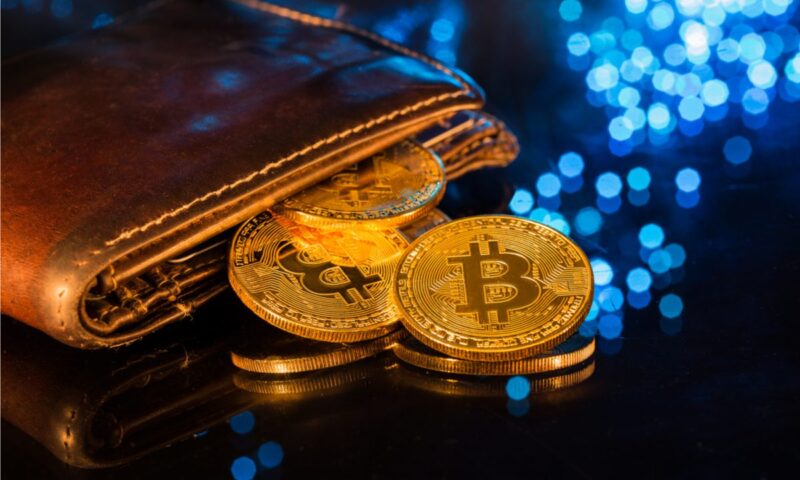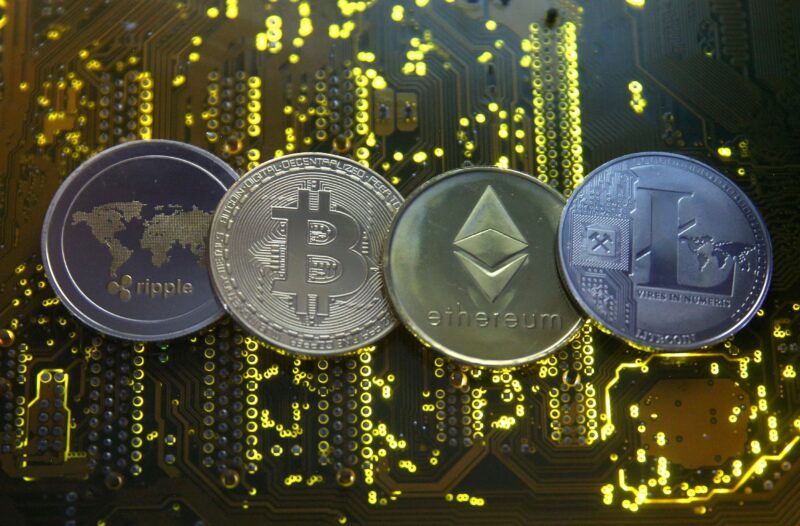As the popularity of cryptocurrencies continues to grow, it is crucial to prioritize the security of your digital assets. With the decentralized and irreversible nature of transactions in the crypto world, it’s important to take proactive measures to protect your holdings.
This article will provide you with essential tips and best practices on how to safely store and secure your cryptocurrency, ensuring peace of mind and minimizing the risk of theft or loss.
Choosing a Reliable Wallet
Selecting the right cryptocurrency wallet is the first step towards ensuring the safety of your digital assets. There are two main types of wallets: hardware wallets and software wallets. Hardware wallets, such as Ledger and Trezor, offer offline storage and are considered highly secure.
Software wallets, such as Exodus and Atomic Wallet, provide a convenient and accessible option but may be more susceptible to hacking attempts. Whichever type you choose, ensure it has a solid reputation, regular updates, and strong encryption features.

Implementing Two-Factor Authentication
Enabling two-factor authentication (2FA) adds an extra layer of security to your cryptocurrency accounts. With 2FA, you’ll need to provide a second verification factor, usually a unique code generated by an app on your smartphone, in addition to your password.
This feature significantly reduces the risk of unauthorized access, even if someone manages to obtain your password. Popular authenticator apps like Google Authenticator and Authy are easy to use and support 2FA for various cryptocurrency platforms and exchanges.
Do check out: Understanding Merkle Tree: A Secure Data Structure in Blockchain
Keeping Software and Firmware Up to Date
Regularly updating your wallet software and hardware firmware is crucial to stay protected from potential vulnerabilities. Developers often release updates to fix bugs, address security issues, and enhance overall performance.
Make it a habit to check for updates from the wallet provider or the device manufacturer’s official website. By keeping your wallet software and firmware up to date, you ensure that you have the latest security features and patches installed, reducing the risk of potential exploits.
Backing Up Your Wallet
Backing up your cryptocurrency wallet is essential in case your device gets lost, stolen, or damaged. Most wallets provide a recovery seed, a series of random words that act as a backup for your wallet.
Write down the recovery seed on a piece of paper and store it in a secure location, such as a safe or a safety deposit box. Avoid digital storage or taking screenshots, as these methods are more vulnerable to hacking and data breaches. Additionally, consider making multiple copies of the backup and storing them in separate physical locations for added redundancy.

Do check out: Exploring the Dynamics of Crypto Tokenomics
Being Cautious of Phishing Attempts
Phishing attempts are common in the cryptocurrency space, where attackers attempt to deceive you into revealing your private keys or login credentials. Be cautious of unsolicited emails, messages, or links asking for your wallet information.
Always verify the authenticity of the source before entering any sensitive information. Avoid clicking on suspicious links and ensure you are visiting the correct website by double-checking the URL. When in doubt, manually type the website address into your browser.
Furthermore, be wary of downloading wallet software or updates from unofficial sources, as they may contain malware designed to compromise your security.
Conclusion
Safely storing and securing your cryptocurrency is paramount in today’s digital landscape. By choosing a reliable wallet, implementing two-factor authentication, keeping your software and firmware up to date, backing up your wallet, and being cautious of phishing attempts, you can significantly reduce the risk of losing your digital assets.
Take the time to implement these best practices and ensure the long-term security of your cryptocurrency investments.










